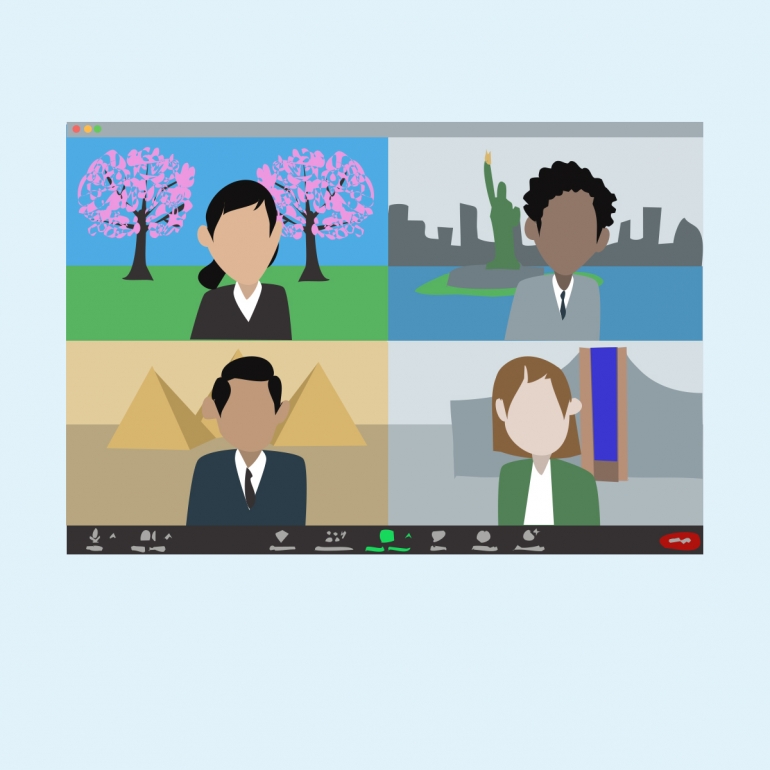When the COVID-19 pandemic hit last year we all had to move very rapidly to using videoconferencing platforms for online meetings and teaching. Now once again in lockdown it is worth remembering that whether a meeting is one to one, a small group, or a large webinar, these new online ways of working can present additional barriers to people with disability.
Working from home can be isolating enough in itself. For students and staff with disability, lack of accessible online communications makes that isolation much worse. The Institute will continue to work across the university to help make inclusion a reality for everyone, even during lockdown.
Teaching and Learning
Students have indicated that in an online environment they want to feel included and valued, be responded to, receive feedback, and feel connected to both instructors and their fellow students. Staff who are teaching online will find it helpful to look at UNSW’s Universal Design for Learning (UDL) framework to guide their course design and delivery.
Accessibility is a vital part of UDL, and this can be improved by making sure that:
- documents are accessible (in accordance with the guidance)
- online text is readable (including with a screen reader; not all items are)
- captions are available for videos and transcripts for audio clips
- live captioning is enabled when teaching online.
Meetings
We have produced a brief guide to holding accessible online meetings. An updated version of the guide will be available shortly. In the meantime, here are some of the most important points to bear in mind for accessible online meetings:
- Ensure your face is well-lit, facing a window or a light source. Check that your whole face is visible, including your mouth – this is particularly important if you are using a smaller or hand-held device, where your face can easily move away from the centre of the screen without you being aware of it. It is impossible to lipread someone’s hairline!
- Use a headset with a microphone - it significantly enhances the clarity of speech.
- If hosting a large meeting or webinar, note that with many of the commonly used platforms you will need to ensure that the live captioning/enable transcription function is switched on while setting up the meeting for participants to be able to access it.
- Circulate papers ahead of time where possible. This is important for visually impaired participants using screen readers who will find it difficult to listen to the reading of the document and a spoken discussion at the same time.
- If you are using screen sharing, remember it is not compatible with screen readers. The only way a visually impaired person will be able to access the content of your presentation will be if you verbally describe every slide and image you share or distribute a PDF of the slides beforehand.
- Allow short breaks in longer meetings and invite participants to feel able to turn off their video during any break if necessary. Some physical and neurological conditions make it harder for a participant to sit in a chair facing a laptop for the duration of a meeting.


